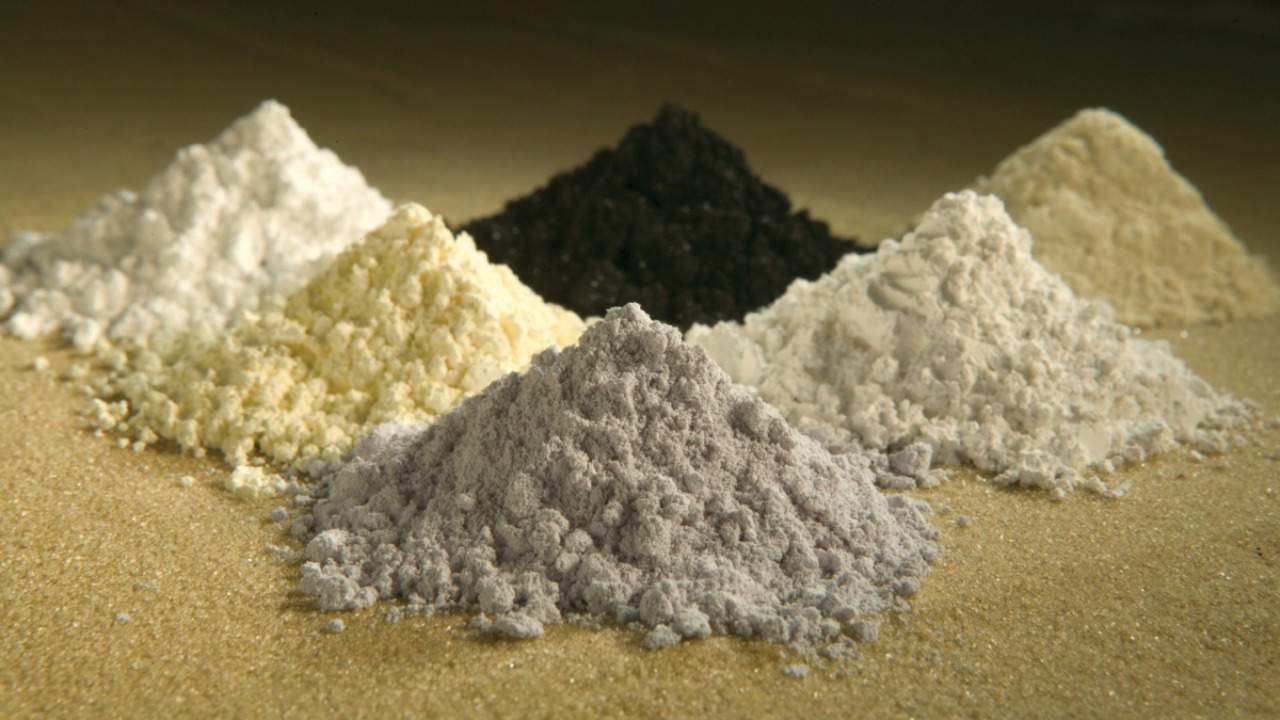
The United States and Australia have entered into a significant $8.5 billion agreement to enhance their rare earths supply chain, a strategic move aimed at reducing their reliance on China. This landmark deal, signed on October 21, 2025, focuses on the joint development and processing of rare earth elements, which are crucial for technologies such as electric vehicles and defense systems. This partnership highlights the increasing efforts by both nations to secure essential resources amid rising geopolitical tensions.
Deal Overview
The core of the $8.5 billion agreement between the US and Australia centers on collaborative mining and processing initiatives. This partnership, formalized on October 21, 2025, marks a pivotal moment in the bilateral relationship, as officials from both countries committed to strengthening their supply chains for critical minerals. The scope of the agreement extends beyond rare earths to include other essential minerals used in high-tech manufacturing, addressing vulnerabilities in the supply chain that have been exposed in recent years. This comprehensive approach aims to ensure a stable and secure supply of these vital resources.
By focusing on joint mining and processing, the deal seeks to create a robust infrastructure that can support the growing demand for rare earths and other critical minerals. This collaboration is expected to enhance the capabilities of both nations in extracting and refining these resources, thereby reducing their dependence on external sources. The agreement also underscores the strategic importance of diversifying supply chains to mitigate risks associated with geopolitical uncertainties.
Strategic Motivations
China’s dominance in the rare earths market has been a significant concern for both the US and Australia, prompting them to pursue this $8.5 billion deal as a countermeasure. By fostering alternative production hubs in Australia and potentially the US, the partnership aims to reduce reliance on Chinese supplies. This strategic move is part of a broader effort to create a more resilient and diversified supply chain for critical minerals, which are essential for various industries, including defense and technology.
The geopolitical context of this agreement cannot be overlooked. As tensions in global mineral markets escalate, the US and Australia are taking proactive steps to secure their access to these vital resources. The partnership is not only about economic interests but also about ensuring national security by reducing vulnerabilities in the supply chain. This collaboration is a clear indication of the growing importance of critical minerals in the geopolitical landscape.
Economic and Industry Impacts
The $8.5 billion investment is expected to have significant economic impacts, particularly in Australia, where it could create numerous jobs and stimulate the mining sector. This boost to the local economy will likely have ripple effects, benefiting US manufacturers who rely on a stable supply of rare earths for their operations. Industries such as renewable energy and semiconductors stand to gain from this agreement, as it promises to provide a more reliable and diversified source of critical minerals.
Moreover, the deal is set to enhance bilateral trade between the US and Australia, supporting long-term economic security for both nations. By securing a stable supply of rare earths and other critical minerals, the agreement will help stabilize prices and reduce the risk of supply disruptions, which can have far-reaching consequences for industries dependent on these resources. This partnership is a testament to the strategic importance of securing critical minerals for economic growth and stability.
Future Collaboration Prospects
Looking ahead, the US and Australia plan to engage in joint ventures focused on technology sharing for rare earths extraction and refinement. These initiatives aim to bypass Chinese dominance in the market by developing advanced technologies and processes that can be implemented across both countries. Environmental and regulatory considerations will play a crucial role in the successful implementation of this $8.5 billion partnership, ensuring that the extraction and processing of these minerals are conducted sustainably.
The framework established on October 21, 2025, also opens the door for potential expansions, including the involvement of additional allies in the future. By building on this foundation, the US and Australia can create a broader alliance focused on securing critical minerals, further strengthening their position in the global market. This collaborative approach not only enhances their economic and strategic interests but also contributes to a more stable and secure global supply chain for these essential resources.
In conclusion, the $8.5 billion rare earths deal between the US and Australia represents a significant step towards reducing reliance on China and securing critical mineral supplies. By focusing on joint development and processing initiatives, the partnership aims to create a more resilient and diversified supply chain, benefiting both nations economically and strategically. As the global demand for rare earths continues to grow, this collaboration sets a precedent for future partnerships and alliances in the critical minerals sector.